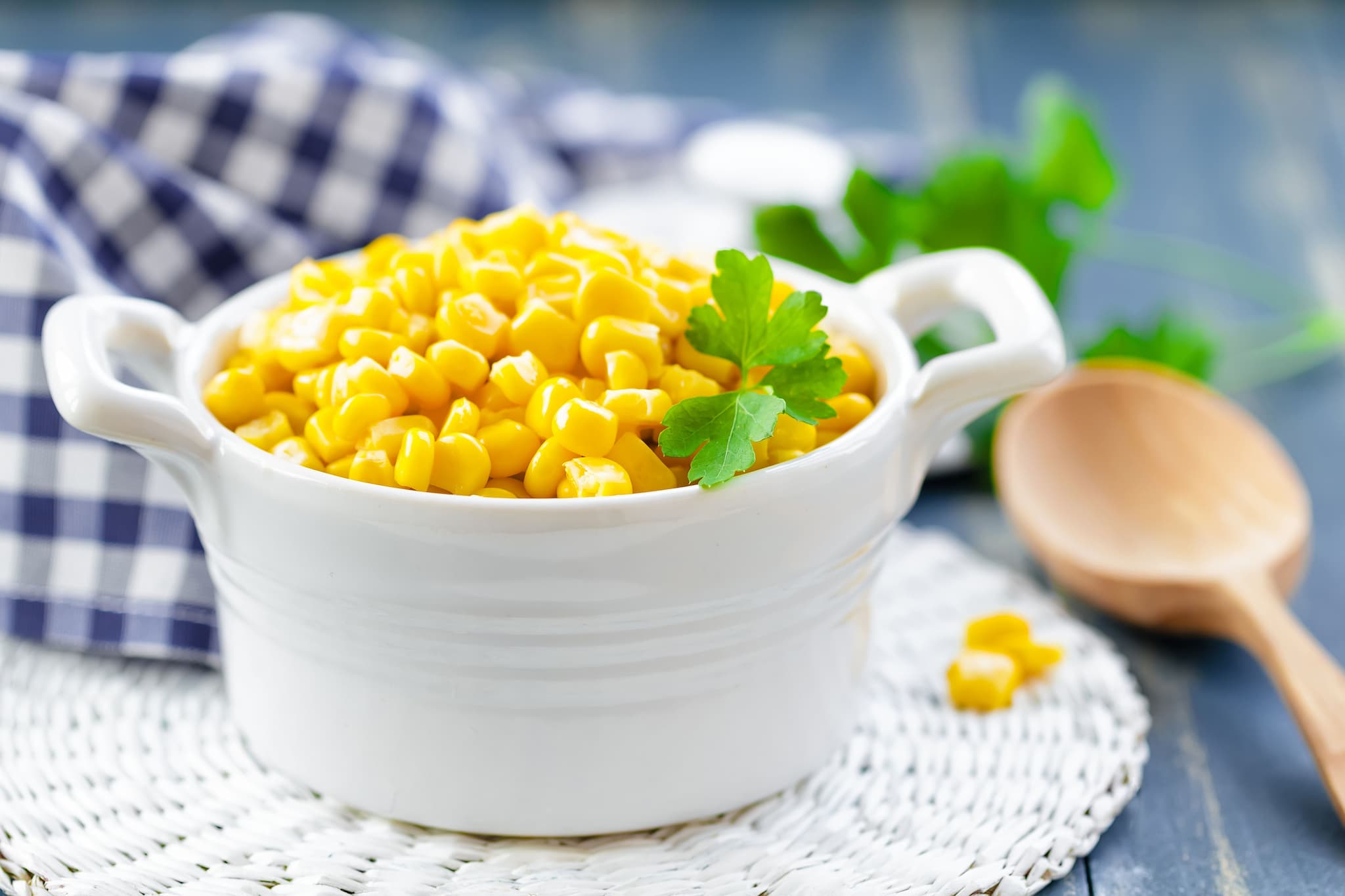
The global cultivation area of sweet corn is approximately 8.5 million hectares, with an average yield of 11 tons of ears per hectare. Given its increasing cultivation trend in recent years and the expansion of processing industries, including canned sweet corn production, it is estimated that the cultivated area in Iran is around 10,000 hectares.
In this article, we will explore the nutritional benefits of sweet corn, its differences from regular corn, cultivation methods, and more. Stay with us until the end!
What is Sweet Corn? How Does It Differ from Regular Corn?
Corn kernels come in various forms, and sweet corn is a naturally mutated variety characterized by a higher sugar content. It is also known as “sugar corn” and is often mistakenly referred to as “Mexican corn” by the general public.
Sweet corn was first discovered in Pennsylvania in the mid-1700s as a result of a genetic mutation that differentiated it from regular dent corn. This mutated variety contains 4 to 8 times more sugar than standard corn.
Based on pigmentation, sweet corn is classified into three categories: yellow, white, and bicolor (yellow and white).
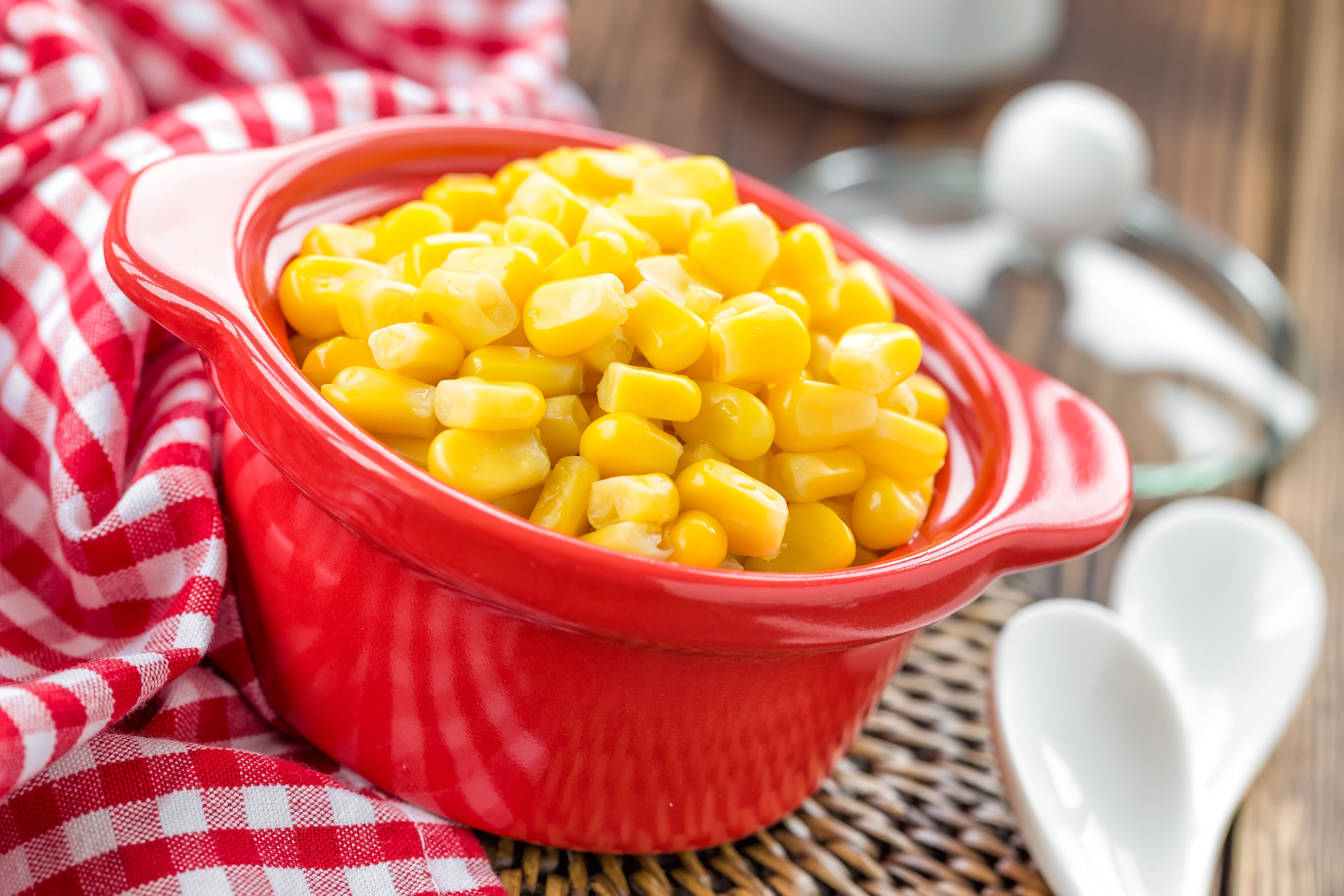
Properties and Traditional Medicine Perspective on Sweet Corn
In many Islamic and Persian traditional medicine sources, sweet corn is considered to have a cold and dry temperament. Therefore, it is recommended to consume it with warm-natured foods such as butter or olive oil to maintain bodily balance.
Cooked sweet corn kernels are rich in antioxidants, which help reduce the risk of heart disease and cancer. Unlike most vegetables, where cooking reduces nutritional value, in sweet corn, cooking activates antioxidants despite some loss of vitamin C. Sweet corn is highly nutritious and a rich source of vitamins A, B1, B2, and C, as well as protein, potassium, and other essential nutrients.
Energy 86 kcal
Carbohydrates 19.02 mg
Sugars 3.22 mg
Fat 1.18 mg
Protein 3.2 mg
Water 75.96 mg
Vitamin A 9 mg
Vitamin B1 0.2 mg
Niacin (B3) 1.7 mg
Vitamin C 6.8 mg
Folate 46 mg
Iron 0.52 mg
Magnesium 37 mg
Potassium 270 mg
Table 1- Nutritional Value of 100g Raw Sweet Corn
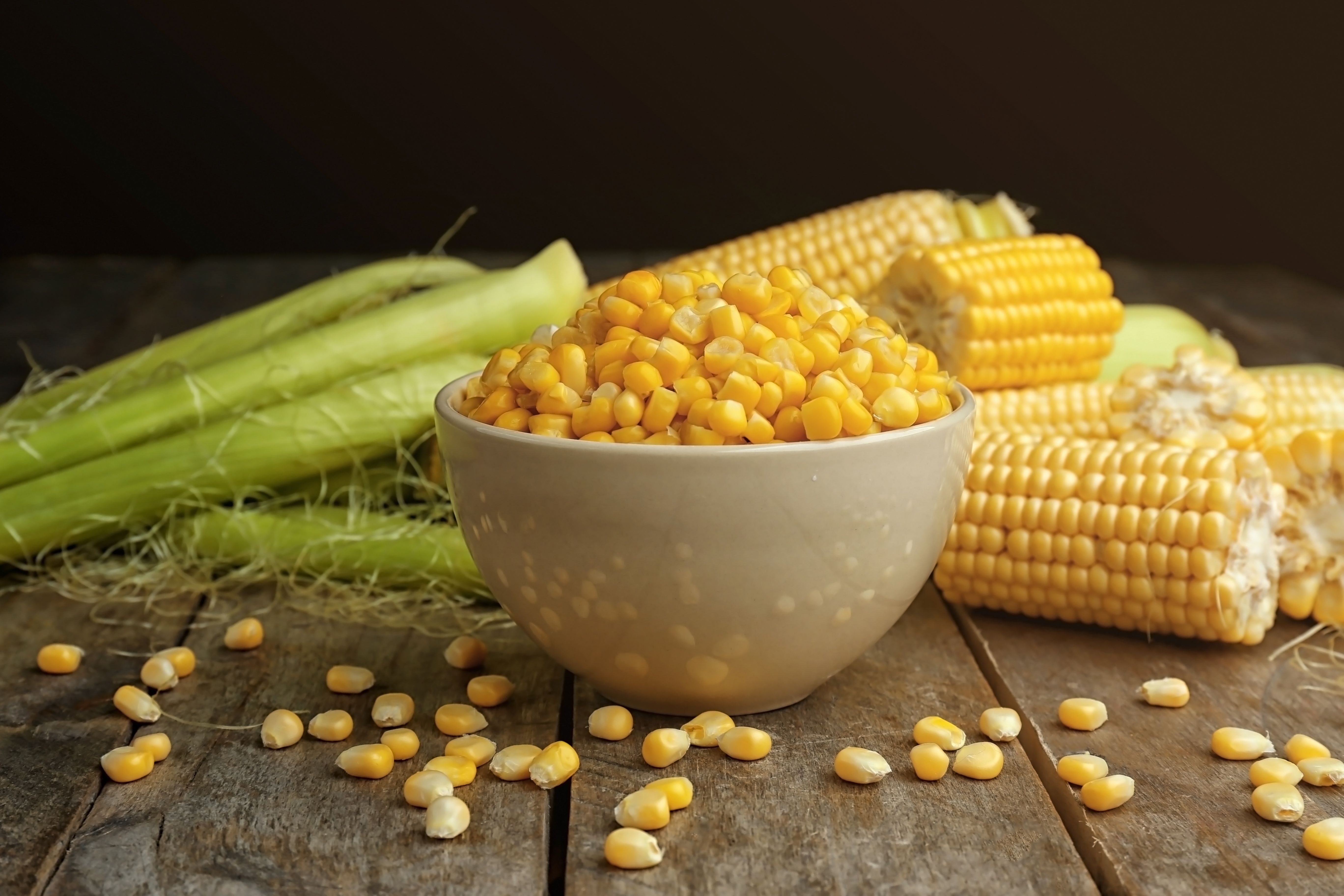
Key Health Benefits of Sweet Corn
Delays Skin Aging
Sweet corn is a rich source of antioxidants, which play a crucial role in preventing premature skin aging by protecting against oxidative stress.
Boosts Energy Levels
The carbohydrates in sweet corn serve as a primary energy source for the body, making it especially beneficial for individuals engaged in intensive physical activities.
Strengthens Hair
Corn oil improves blood circulation in the scalp, stimulating hair follicles for healthier and stronger hair growth. Additionally, the vitamin C, lycopene, and antioxidants found in sweet corn help reinforce hair strands, reducing breakage and promoting overall hair health.
Sweet Corn Benefits for Facial Fullness
Sweet corn is not directly recommended for facial fullness, but due to its nutritional content and carbohydrates, it can contribute to overall better nourishment of the body. When the body is well-nourished, it may positively affect skin health and create a fuller appearance in the face.
Sweet corn contains vitamins and minerals such as vitamin B, vitamin C, and fiber, which help hydrate and nourish the skin. However, consuming sweet corn alone is not sufficient for achieving facial fullness.
Sugar Content of Boiled Sweet Corn
At harvest time, the nutritional value of sweet corn includes 7% to 14% sugar, which is composed of: 73.9% sucrose, 10.2% glucose, 15.3% fructose, and a small amount of raffinose
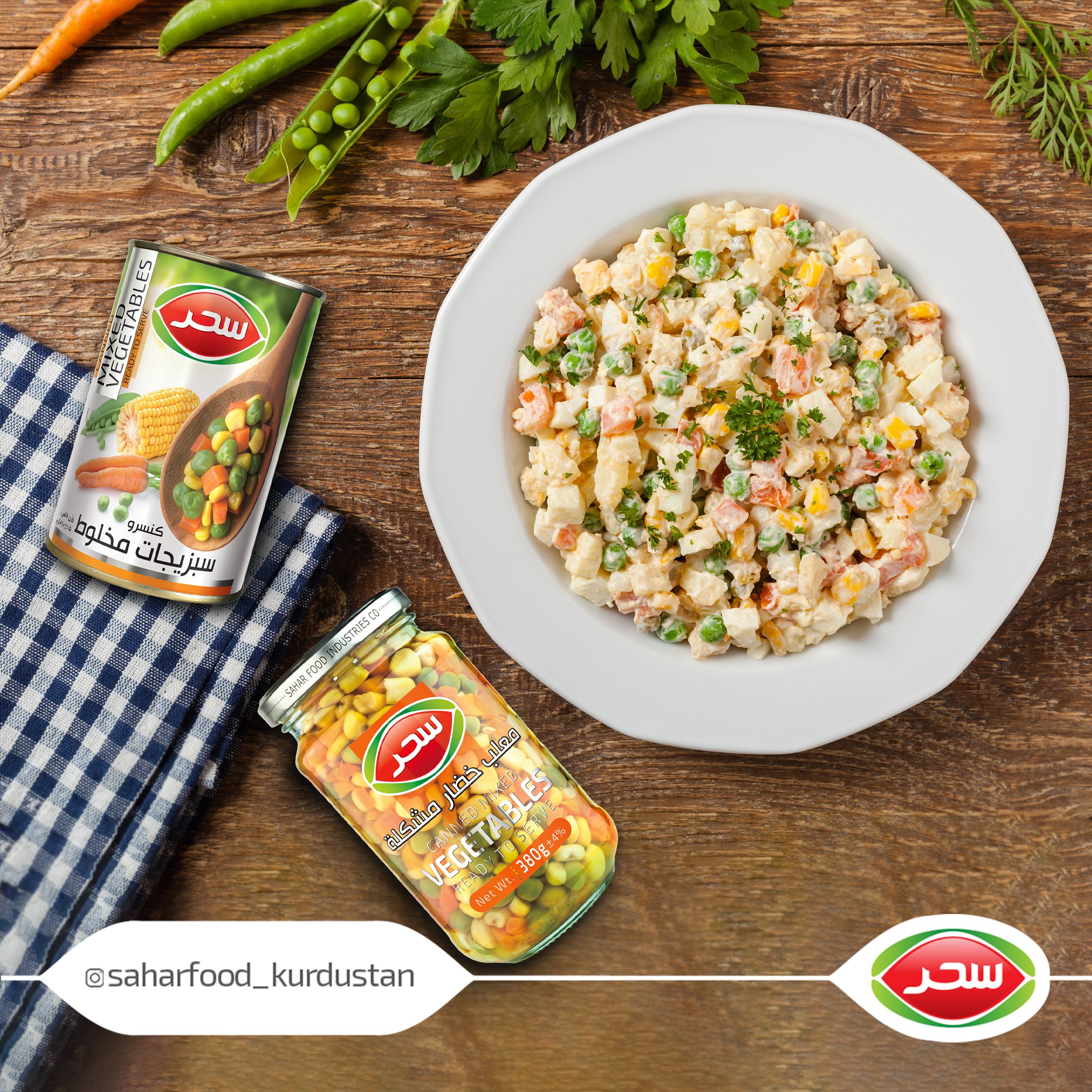
Canned Sweet Corn
Sahar Food Industries, committed to preserving domestic agricultural resources and producing high-quality Iranian food products, has successfully identified the best sweet corn variety in Iran after years of research. This effort led to guaranteed contracts with local farmers for purchasing Iranian-grown corn, enabling the production of canned sweet corn. For the first time in Iran, domestically grown corn has been processed and produced using state-of-the-art Iranian technology and equipment, making it suitable for various salads and meat-based dishes.
The sweet corn canning process at Sahar Food Industries involves several key steps to maintain the freshness and quality of the corn:
Harvesting and Selection
Fresh, high-quality sweet corn is harvested. Sweet corn is preferred due to its superior taste.
Washing and Preparation
The corn is thoroughly washed to remove dirt and impurities.
Kernels are separated from the cob using specialized machinery.
Blanching (Pre-Cooking)
The kernels are briefly boiled to deactivate enzymes, preserving their flavor and color.
Filling the Cans
The pre-cooked kernels are packed into sterilized cans. In some cases, a small amount of water or syrup is added.
Sealing the Cans
The cans are securely sealed to prevent air and bacteria contamination.
Pasteurization
The sealed cans undergo heat treatment to eliminate microorganisms, extending the product's shelf life.
Cooling and Labeling
After pasteurization, the cans are gradually cooled and labeled.
Storage
The canned corn is stored under optimal conditions until it is ready for distribution and consumption.
This process not only preserves the quality and taste of the corn but also significantly extends its shelf life, ensuring consumers receive a fresh and nutritious product.
Culinary Uses of Sweet Corn
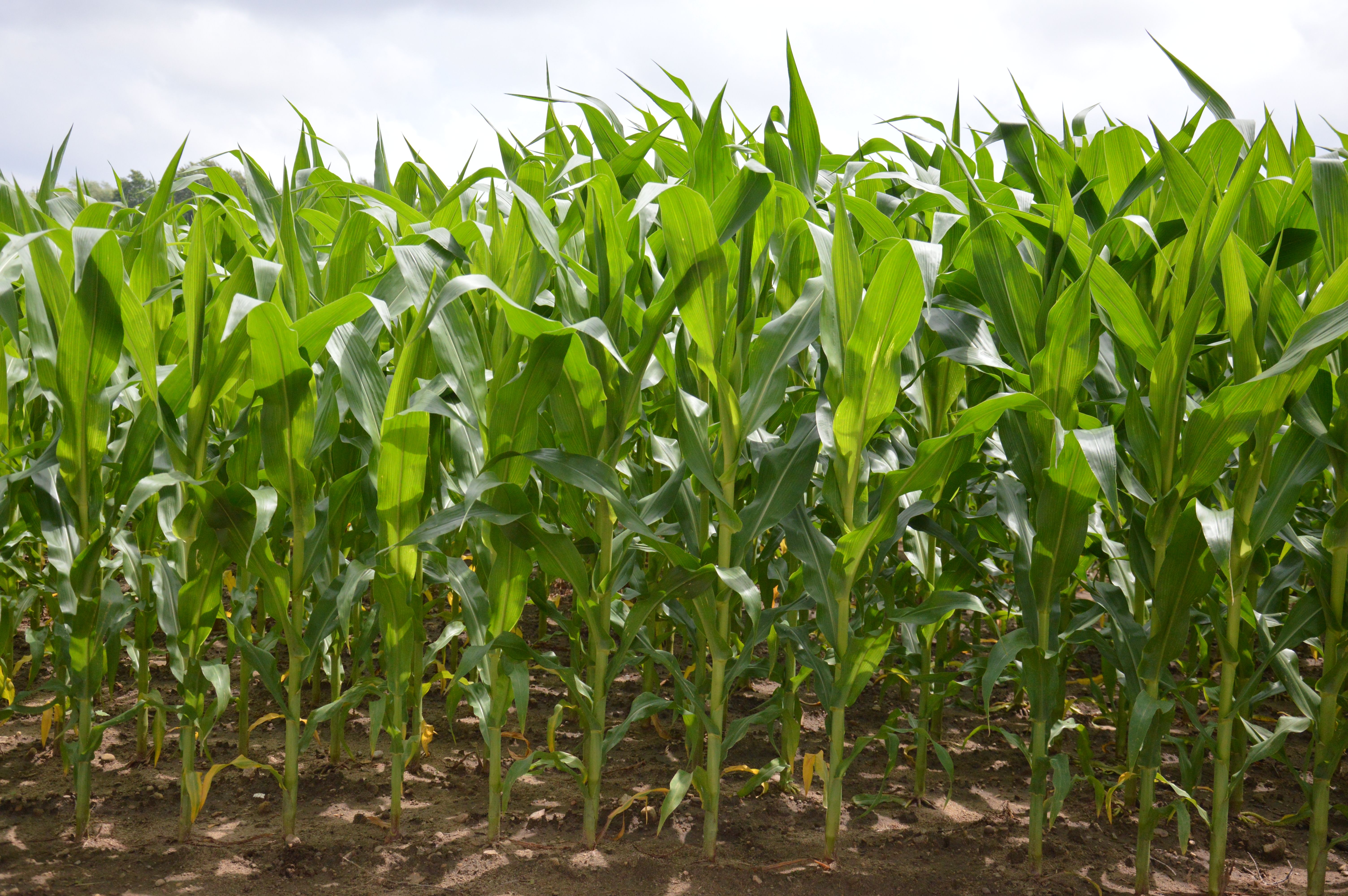
Sweet Corn Cultivation
Sweet corn grows in diverse climatic conditions and has a wide geographical distribution. It is cultivated in the Northern Hemisphere up to 58° latitudes in Canada and Russia and in the Southern Hemisphere up to 42° latitudes in New Zealand.
Most regions of Iran have suitable conditions for sweet corn cultivation. In moderate and cold climates, it is typically planted in spring and summer, while in warmer regions, it can even be grown during winter.
Expert Insights on Sweet Corn Cultivation at Shabnam Sahar
Mr. Hadi Bayat (Farm Manager) and Dr. Riahi Khorram (CEO of Shabnam Sahar Company) provide insights into the sweet corn used in Sahar Food Industries products.
